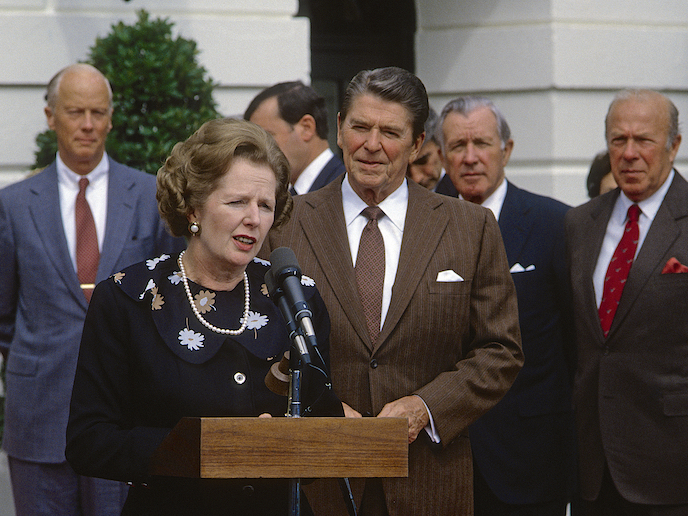Reversing the consensus narrative on Cold War art practices
Cold War studies typically adopt a perspective of confrontation and isolation: Europe was split in two, the Iron Curtain running through the heart of the continent creating an East-West divide with little exchange between the two sides. Pioneering EU-funded research debunks this consensus narrative on Cold War Europe. Focusing on selected artists from the two German States, Italy, the Soviet Union and Yugoslavia, the GYSIART project compared art practices in Europe during the Cold War, aiming to challenge the notion that ideological differences constituted obstacles to artistic practice and prevented cultural exchanges. “The core idea of GYSIART,” explains project coordinator and Marie Skłodowska-Curie Actions fellow Matteo Bertelé, “was to insist on the so-called porosity of the Iron Curtain by highlighting the productive impact and outcomes of the cultural Cold War on the arts within divided Europe.” In other words, the project intended to demonstrate the penetrable quality of the Iron Curtain and the cross border inspiration that took place because of it, reversing the narrative of the Cold War as curating nothing more than isolationism and antagonism.
Cultural adaptation and artistic integrity are not mutually exclusive
The seven artists Bertelé studied refuted clear-cut assumptions of their specific political and cultural contexts, adapting their art to incorporate the complexity and nuances of the Cold War. They did not, however, completely reject the binary nature of the War: they acknowledged duality and opposition as topical features of their time, using them intentionally to their own advantage. The Russian-American sculptor Ernst Neizvestny(opens in new window), who was born and raised in the Soviet Union and emigrated via Western Europe to the United States in 1976, is a case in point. “Ernst Neizvestny never recanted communism per se,” explains Bertelé. “On the contrary, he practised his revolutionary and egalitarian credo through his commitment to monumental public art.” In this way, the artists actively engaged with their given context, taking care not to overstep the strict regulations and conditions set by the political bodies and art institutions. Bertelé also sought to counter the commonly accepted Western notion of art at the time being ‘high’ and allegedly apolitical, showing that, on the contrary, the artists did in fact take a position within the cultural and political debates of the time. “They didn’t claim any purity in their practice or aspire to the status of the avant-garde hero,” says Bertelé. Instead, they deftly exploited the given circumstances to achieve higher status and wider exposure for their art. “Ernst Neizvestny and Lev Nusberg(opens in new window) were celebrated in Western Europe as unofficial and even dissident artists, despite obtaining several State commissions at home,” notes Bertelé. In this way, GYSIART brings to light the ideological misconceptions and the related pragmatic advantages of political confrontation. Without giving up their integrity, the artists were able to adapt their practices to the situation at hand, take advantage of it and advance their art.
Showcasing cross-border influences in Cold War Europe
With the debunking of myths and biases at the heart of the project, Bertelé published articles(opens in new window) in several academic journals. Focusing on each of the seven artists and highlighting the cross-border connections and shared values between them, he demonstrated the significant cases of cultural exchange that took place across a divided Europe. These articles have been further contextualised and implemented within the monograph(opens in new window) ‘Arte sovietica alla Biennale di Venezia (1924-1962)’, published in 2020.







